Miss Illinois 2018
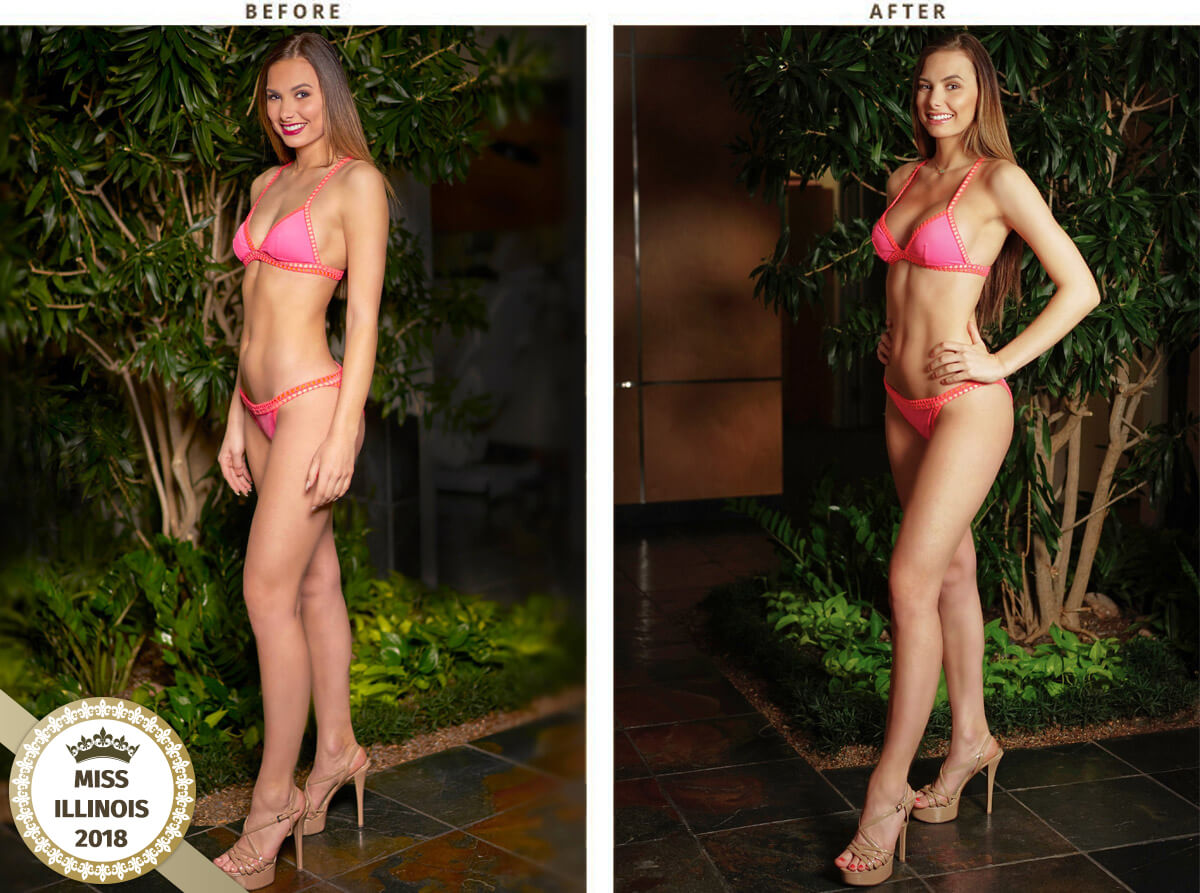
Actual Patient of Dr Turowski – Miss Illinois 2018 “I love the results of my breast augmentation and having no scars on my breasts!”
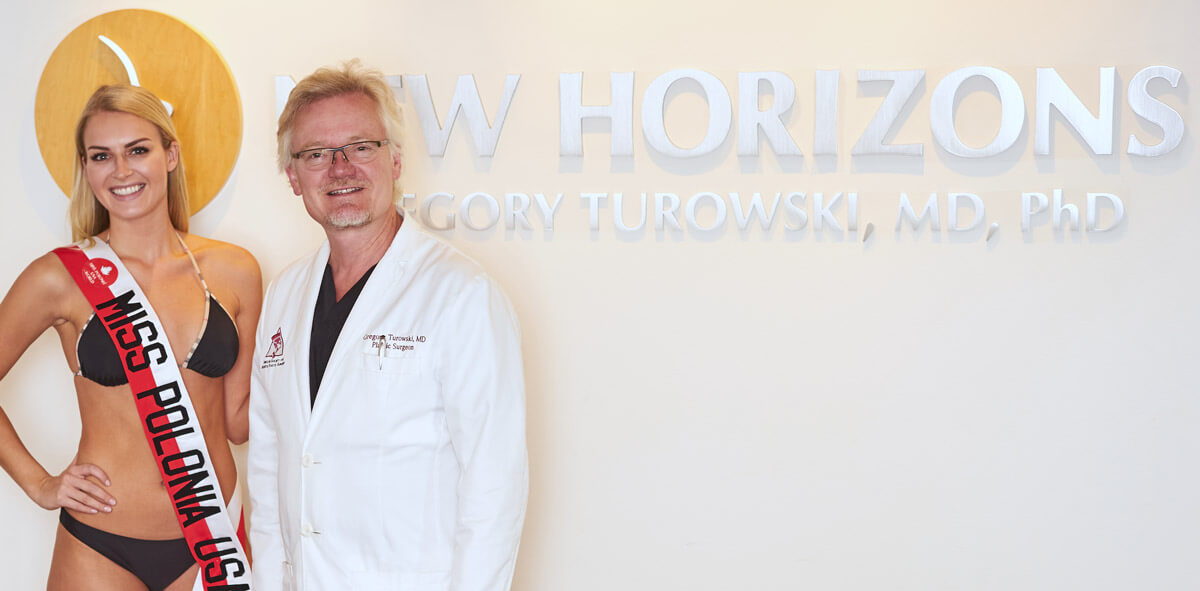
Miss Polonia USA 2018 (Miss Poland in the USA) : “I love what Dr Turowski magically created – beautiful breasts without ANY scars on the breasts. I feel so confident and pretty!”
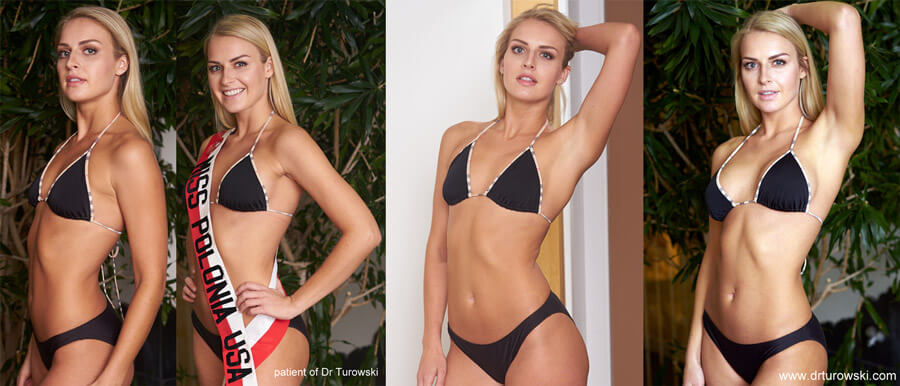
Miss Polonia USA 2018 (Miss Poland USA) : “I feel confident, sexy and do not have any scars on my breasts – endoscopic surgery is the way to go!”

Miss Illinois 2019 before & after breast augmentation
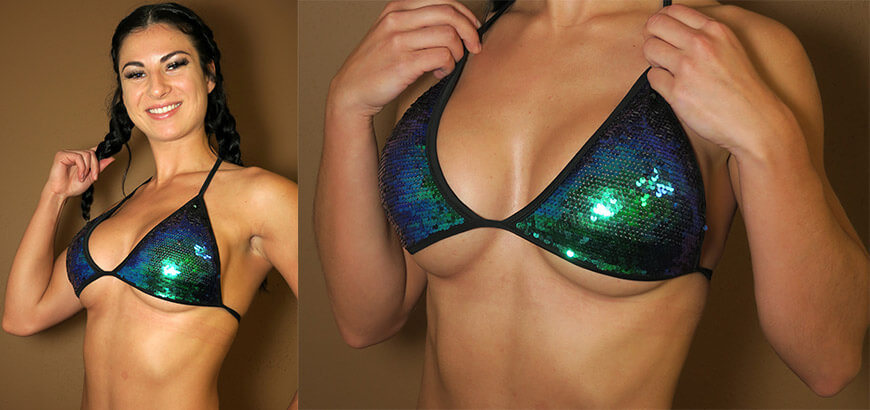
With axillary breast augmentation you do not have to worry to expose underboob area – there are no scars on the breasts!

Our patient who is a body building champion enjoys her new body shape after axillary breast augmentation
Breast Augmentation Chicago a Personal Story by Dr Gregory Turowski
 Breast enhancement is an art. Although it is quite simple for an average plastic surgeon to place a breast implant through a large cut incision – leaving a conspicuous (sometimes ugly) scar and causing a breast bump rather than beautifully shaped breasts, this is not what women desire. Most women dream of beautifully and naturally shaped breasts without visible scars. While the size of the breasts is a uniquely personal decision, the shape, feel, symmetry and lack of visible scars is not. These details are really up to the surgeon.
Breast enhancement is an art. Although it is quite simple for an average plastic surgeon to place a breast implant through a large cut incision – leaving a conspicuous (sometimes ugly) scar and causing a breast bump rather than beautifully shaped breasts, this is not what women desire. Most women dream of beautifully and naturally shaped breasts without visible scars. While the size of the breasts is a uniquely personal decision, the shape, feel, symmetry and lack of visible scars is not. These details are really up to the surgeon.
This is why Dr. Turowski has been perfecting his breast augmentation procedure since 1996. From the beginning, he was looking for the most natural, scarless approach. Although most plastic surgeons discard and avoid the endoscopic armpit (axillary) approach because they find it difficult to achieve predictable results, this seems to be the preferred technique for truly experienced and skilled surgeons.

This in an example of the axillary (armpit) incision for breast implants, Dr turowski’s preffered method.
 Throughout his career, Dr. Turowski has successfully performed THOUSANDS of breast augmentations combining the armpit endoscopic technique with saline implants. One reason for this is that, until last year, silicone implants still presented some challenges. While saline implants are inserted as empty bags which are rolled and filled with saline after insertion into the woman’s body, silicone implants come pre-filled and have to be squeezed through a very small incision and a tunnel from the woman’s armpit to her breast pocket. Therefore, Dr. Turowski’s preferred incision for silicone implants used to be periareolar (still better than inframmary – under the breast scar).
Throughout his career, Dr. Turowski has successfully performed THOUSANDS of breast augmentations combining the armpit endoscopic technique with saline implants. One reason for this is that, until last year, silicone implants still presented some challenges. While saline implants are inserted as empty bags which are rolled and filled with saline after insertion into the woman’s body, silicone implants come pre-filled and have to be squeezed through a very small incision and a tunnel from the woman’s armpit to her breast pocket. Therefore, Dr. Turowski’s preferred incision for silicone implants used to be periareolar (still better than inframmary – under the breast scar).
This issue finally improved in 2012 when a special funnel (Keller funnel) was created to expedite touch-less silicone implant placement. Through this ingenious method, silicone implants can now be placed effortlessly through a minimal, usually invisible armpit incision, which creates beautiful and natural looking breasts without ANY breast scars. Moreover, the Keller funnel avoids any contact between an implant and the armpit skin, which could potentially lower the incidence of capsular contractures.
As a result, Dr. Turowski now performs most of these surgeries (silicone and saline) through a minimally invasive armpit incision (although other techniques are obviously available upon request). Typically, women are back to their daily activities, with minimal swelling and bruising, within 48 hours of surgery.
Another recent development in breast implants is an addition of the Sientra and Inamed shaped form stable implants . These cohesive “gummy bear” implants might be helpful in some cases and Dr. Turowski discusses all of these options during personal consultations.
Exciting new implant choice MOTIVA
Less invasive, quicker recovery, possibility of local anesthesia, armpit approach still possible!
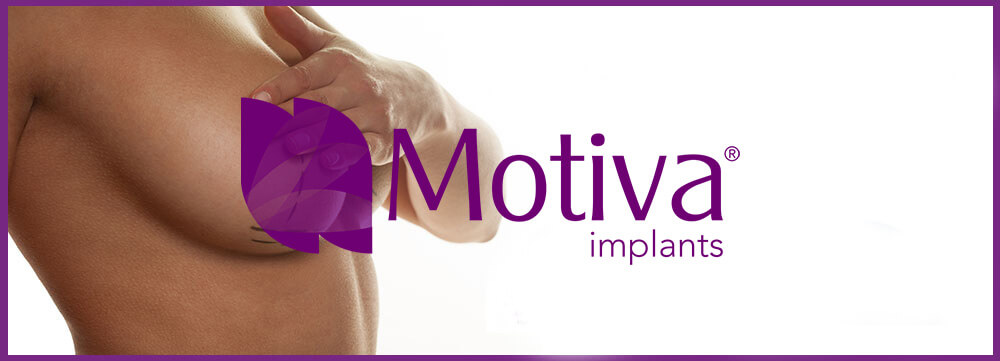
Advantages of Motiva Breast Implants
When considering breast augmentation, choosing the right implants is crucial for achieving your desired results. Motiva breast implants stand out in the market for several compelling reasons. Here’s a closer look at the advantages that make Motiva the preferred choice for many patients.
Videos about Breast augmentation *
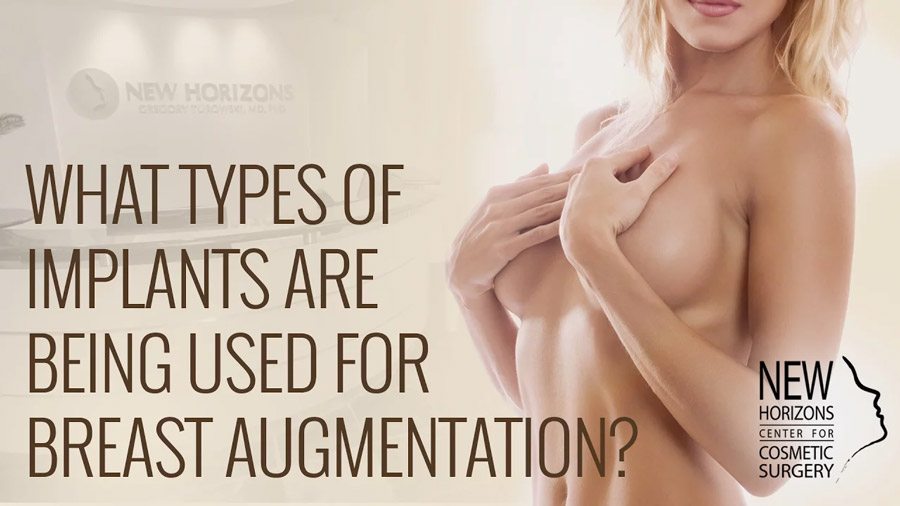
What types of implants are being used for breast augmentation?

How to choose the right breast implant size?

How will my breasts look right after the procedure?
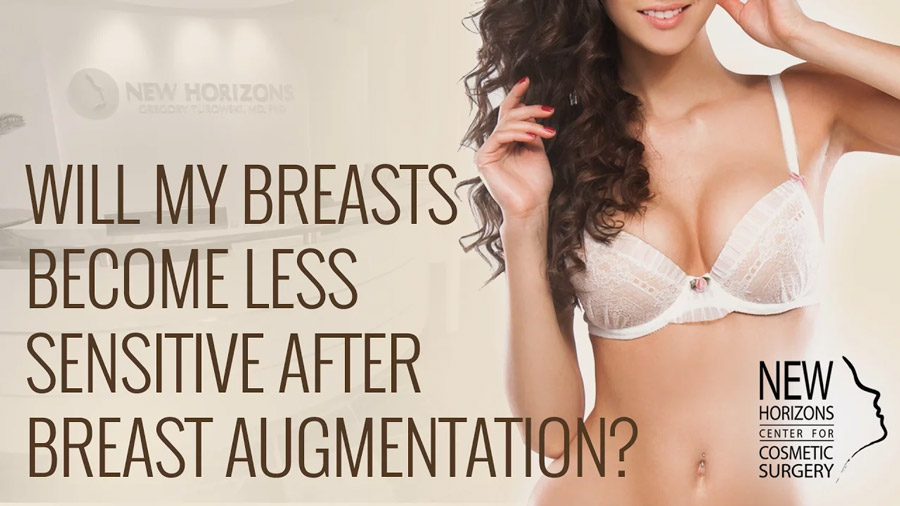
Will my breasts become less sensitive after breast augmentation?
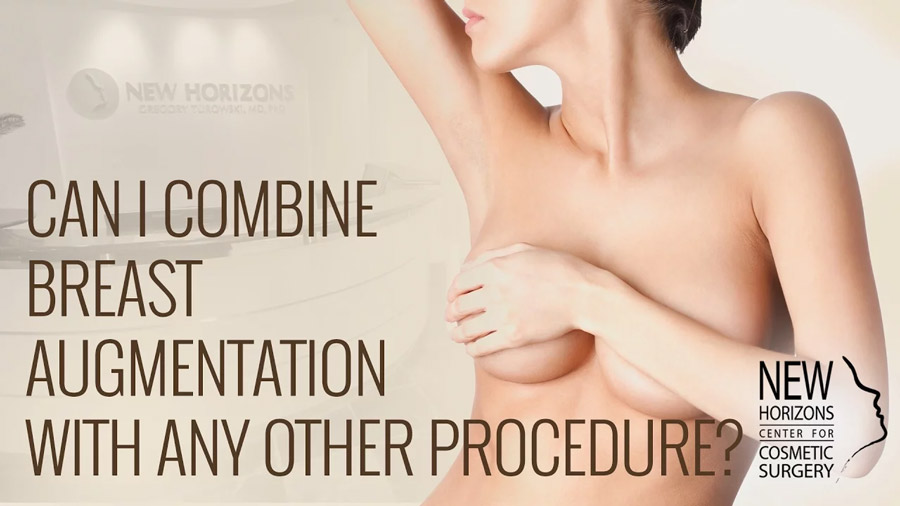
Can I combine breast augmentation with any other procedures?
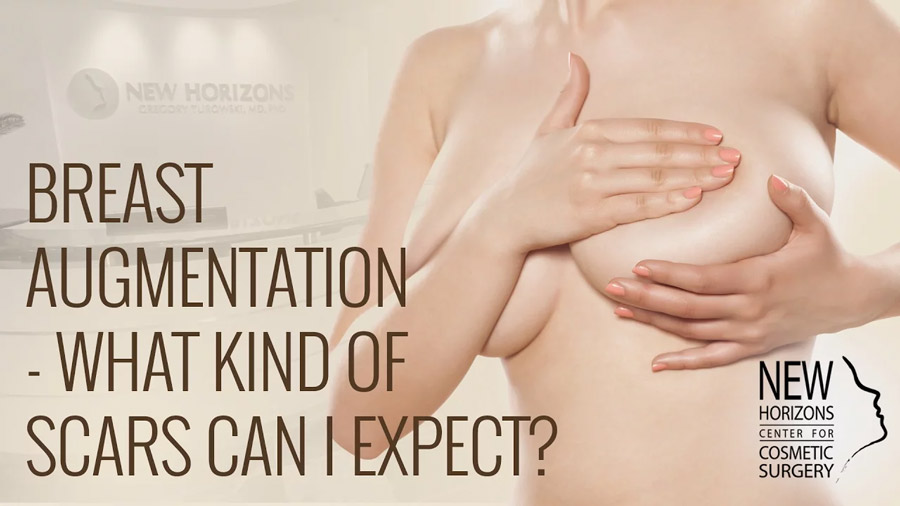
What kind of scars can I expect?
Breast augmentation FAQ
What kinds of implants are used for breast augmentation?

Actual patient of Dr Turowski *
First introduced in 1962, since 1992 until 2007, silicone breast implants had been available for research purposes only ( Dr. Turowski was a part of this research effort). However, the last chapter of the silicone breast implants saga was closed in November 2007, when (after 14 years of deliberations and research) the FDA decided that the medical evidence was sufficiently positive enough to let these devices back on the market. The studies have failed to find a link between silicone implants and cancer, connective tissue disorders or other diseases.Science has prevailed. US women now have the same options as others around the world had for years.
Breasts augmentations have grown in popularity despite media controversy. Last year over 300,000 women had their breast enlarged in the United States, a 40% increase since 2000. Until 2007, most procedures utilized the saline or salt water solution, rather than silicone, implant. However, since silicone breast implants have been officially re-approved for primary breast augmentations, this situation has completely changed. Currently, in Dr. Turowski’s practice, 9 out 10 women choose silicone implants over saline implants. This follows the worldwide trends, which show that over 90% of breast enlargement procedures utilize silicone rather than saline implants. The advantage is clear: silicone feels softer and looks more natural.

Actual patient of Dr Turowski *
Now some regulatory issues: the FDA is allowing silicone devices for women who are at least 22. The only exception is for women with inborn anomalies such as asymmetry, tubular breasts and some other conditions (if you are not sure if you are a candidate for silicone implants, please schedule a consultation with one of our surgeons to discuss your situation). Saline implants are still widely used, and for some patients, maybe a more desirable choice. Saline implants are still associated with a very high satisfaction rate.
Implants are not considered lifetime devices and some patients will need at least one additional surgery to remove and replace implants. MRI studies may be recommended post surgeries. Manufacturers of implants offer life time warranty on these devices and defray costs of replacements for 10 years.
How is breast enlargement done?
The procedure consists of creating a pocket under the breast tissue and pectoralis muscle and placing a soft, natural-feeling implant underneath the breast and the pectoral muscle. Our surgeons perform all augmentations in the submuscular position. In rare cases, the exact position of the implants (subglandular or submuscular) can only be recommended by the plastic surgeon after the clinical evaluation of the patient. There are a variety of implant designs and your plastic surgeon will review the potential advantages of certain designs during a consultation.

Actual patient of Dr Turowski *
What kind of scars can I expect?
Since the saline implants are inserted deflated and are later injected with saline when inside the body, the incision can be kept to a minimal size (usually shorter than an inch). Moreover, although incisions are small, every attempt is made to hide them either in the arm pit or under the areola, where they can be barely noticeable on the border of lighter and darker skin. The axillary (armpit) approach requires minimally invasive endoscopic video techniques which are readily available to our plastic surgeons. Silicone implants are fully inflated before insertion and therefore the incision has to be slightly larger. However, scars resulting from these surgeries are still usually barely noticebable if made around the areola or in the armpit. We usually try to stay away from the under the breast (inframmary) insertion sites since the healing in this area is quite unpredictable and may lead to conspicous scarring. Since its introduction, the Keller funnel armpit approach is the best technique to hide scars from both saline and silicone implants.

Actual patient of Dr Turowski *
Am I going to loose nipple sensation?
Minimally invasive techniques utilized by our plastic surgeons very infrequently result in nipple sensation alteration. Nipple sensation loss is extremely uncommon and is independent of the incision site chosen. The nipples may actually be hypersensitive (e.g. more sensitive) for some time after surgery. Under the breast incision has been shown to cause most nipple sensation loss (one more reason to avoid it)
What kind of anesthesia is used for breast augmentation?
With current advanced anesthesia techniques, the best and safest way to perform breast augmentation is to do the procedures under deep intravenous sedation with patients totally unaware of the ongoing surgical action. This allows for pain-free surgical procedure while permitting avoidance of risky chest wall injections for local pain control. Postoperative nausea is minimized using this approach and there are no complaints of postoperative sore throats and hoarseness, which is usually typical for general anesthesia and tracheal intubations. We also routinely utilize OnQ pain pumps which inject local anesthetic directly into the implant pocket during the first several hours after sugery.

Actual patient of Dr Turowski *
How long does the procedure take?
Although the surgical time for breast augmentation may vary depending on a particular patient’s situation, surgery generally requires less than one hour of anesthesia time.
Do I have to stay in the hospital?
Breast augmentation is typically an outpatient procedure (patient returns home after she is recovered from anesthesia) and we perform it in our AAAHC accredited surgery suite. However, to accommodate some patients’ social needs, an overnight stay in a hotel and nursing support can be arranged.
What is the typical recovery?
After surgery, the patient is wrapped in a compressive dressing. The following morning the dressing is removed and she is placed in a soft bra. The discomfort after breast augmentation can be significant. Therefore, our plastic surgeons use the revolutionary On-Q pain control system “pain pump.” This disposable device, which is placed during surgery, delivers local anesthetic directly to the operative site, providing over 24 hrs of pain relief. The device is then easily removed during the postoperative visit day after surgery . Routine activities can usually be resumed within a few days. Sports and exercises can be resumed within a few weeks.

Actual patient of Dr Turowski *
Breast Augmentation – Vectra 3D Visualization *
Experience the same results as those mentioned here.



























































































Social media: